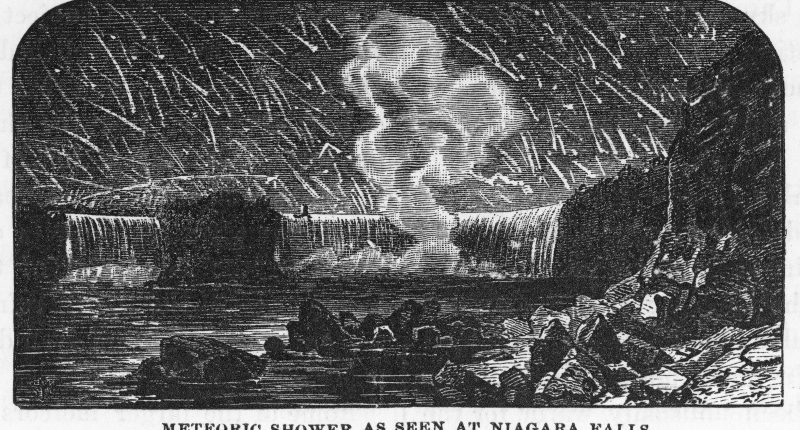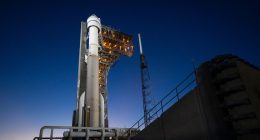THE Leonid meteor shower is set to peak this weekend, giving amateur astronomers the chance to watch one up to 15 comets an hour.
Folks across the UK and the US will be left starry-eyed between midnight and dawn on 17 and 18 November, as shards of comet burn up in Earth’s atmosphere at 70km a second.
The Leonid meteor shower is associated with the Comet Tempel-Tuttle, a near-Earth asteroid that fortunately isn’t considered particularly hazardous.
While this particular meteor shower happens every year, 2023’s display is expected to be even more dazzling than previous sightings.
This is because the Moon will be a waxing crescent during the shower’s maximum, making viewing conditions “quite favourable”, according to experts at the Royal Greenwich Observatory.
Dr Minjae Kim, Research Fellow in the Department of Physics at the University of Warwick, said the Leonids hold the crown as the fastest annual meteor shower folks can see.
READ MORE ON SPACE
“A meteor shower’s intensity denotes the number of meteors a lone observer would spot in an hour under optimal viewing conditions, with the meteor shower at its zenith,” Kim explained.
“At 22:00, 17 November, activity will rise to 15 meteors, assuming the seeing conditions are perfect if it was at the zenith.
“Even though a moderate background maximum is expected this year, brightness will be much higher than the average level.”
When is the best time to watch the Leonids?
The best time to catch a glimpse of the display will be between midnight and 5:30am.
Most read in Tech
But be sure to give your eyes at least 15 minutes to adjust to the dark so that you can see the fainter meteors.
How can I see the Leonid meteor shower?
It’s wise to choose a spot with little light pollution, and a view unobstructed by a skyline or trees.
“Hunting for meteors, like the rest of astronomy, is a waiting game, so it’s best to bring a comfy chair to sit on and to wrap up warm as you could be outside for a while,” experts at the Royal Greenwich Observatory added.
Binoculars and telescopes won’t be necessary, as they will restrict the size of the sky that’s visible to you.
“The meteors can be seen in all parts of the sky, so it’s good to be in a wide open space where you can scan the night sky with your eyes,” Observatory experts also noted.
“But if you trace the paths that the meteors take, they seem to originate from the constellation of Leo.”
If you miss the peak – don’t worry.
The shower continues at a reduced rate for several days either side, so there should be plenty of chances to see the display.
Beyond the Leonids, stargazers can spot Venus, Jupiter and Saturn this month. How to see them for yourself.
This post first appeared on Thesun.co.uk










